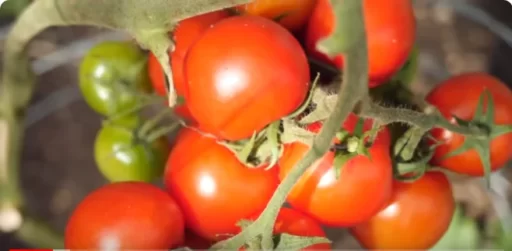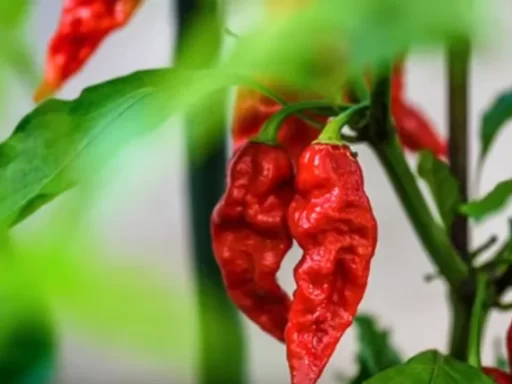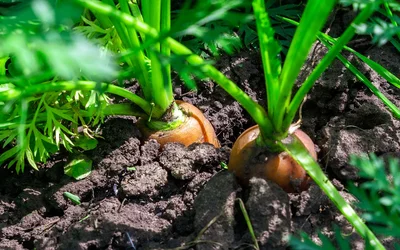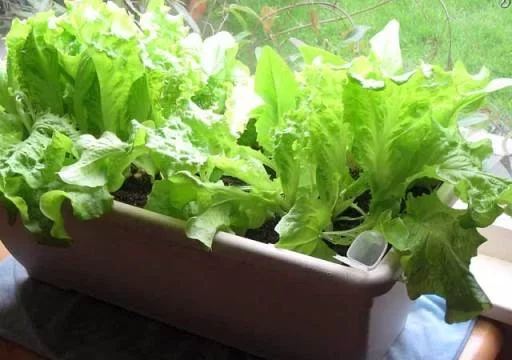If there’s one crop that stands out as a favorite among gardeners, it’s undoubtedly the tomato. Not only are they a versatile ingredient in countless dishes, but growing your own allows you to select the best-tasting varieties and pick them at their peak of ripeness. In this article, we’ll delve into the essential practices for growing tomatoes, ensuring a bountiful and flavorful harvest.
Why Grow Tomatoes?
Tomatoes are a rewarding crop for a variety of reasons:
- Flavor: Homegrown tomatoes often surpass store-bought varieties in taste. By selecting your preferred types and growing them yourself, you can enjoy unparalleled freshness.
- Versatility: Tomatoes can be used in salads, sauces, soups, and many other dishes. Their rich flavor enhances a variety of cuisines.
- Health Benefits: Tomatoes are packed with vitamins, minerals, and antioxidants, contributing to a healthy diet.
Essential Tomato Growing Techniques
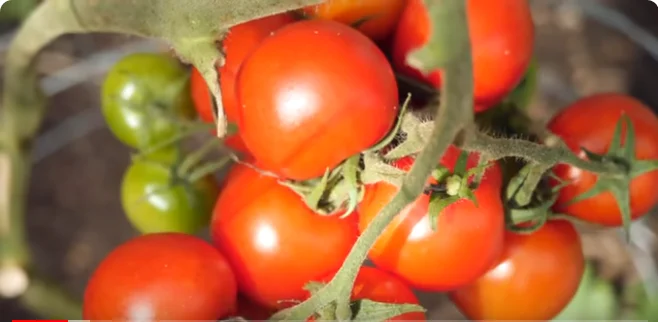
To ensure your tomatoes thrive and yield a plentiful harvest, here are some crucial techniques to implement:
1. Choosing the Right Variety
Tomatoes come in two primary categories: determinate (bush) and indeterminate (vining). Determinate tomatoes are bushy and produce fruit in a shorter timeframe, while indeterminate tomatoes continue to grow and produce throughout the season. Choose a variety that suits your climate, available space, and personal taste preferences.
2. Supporting Your Plants
Proper support is vital for tomato plants to prevent issues like rotting fruits and disease. Here are some effective methods:
- Caging: Use sturdy cages to keep plants upright. Cattle panels or stock fencing can be repurposed to create effective supports.
- Staking: Use large, durable stakes or canes, tying the plants to them with natural twine at regular intervals. This method not only saves space but also encourages better air circulation.
- Weaving: For indeterminate varieties, you can weave the stem around strings attached at the base, promoting vertical growth while providing necessary support.
3. Pruning for Healthier Plants
Pruning is essential for optimizing airflow and minimizing disease risk. Here’s how to do it effectively:
- Remove Lower Leaves: Snapping or cutting off the lowest leaves improves airflow and reduces the risk of soil-borne diseases splashing onto the foliage.
- Eliminate Suckers: Suckers, or side shoots that develop at the junction of the main stem and leaves, should be removed to concentrate the plant’s energy on producing fruit.
- Pinch Out Growing Tips: For indeterminate tomatoes, once four trusses of fruit have formed, pinch out the growing tip to focus the plant’s energy on fruit production.
4. Soil and Nutrient Management
A nutrient-rich soil is crucial for healthy tomato growth. Before planting, amend the soil with compost to enhance fertility. Additionally, consider the following:
- Mulching: Apply a layer of organic mulch, such as dried grass, around the base of your plants. This helps retain moisture, suppress weeds, and reduce the risk of soil splashback that could lead to disease.
- Fertilization: While ground-planted tomatoes may not require additional feeding if well-amended, container-grown varieties will benefit from regular liquid tomato fertilizer or homemade comfrey tea.
5. Watering Wisely
The watering needs of tomato plants vary based on climate and growing conditions. Here’s a guide:
- Frequency: In temperate climates, watering may be needed daily during warm, dry weather and less frequently during cooler periods. In hotter climates, more frequent watering is essential.
- Method: Always aim to water at the soil level rather than the leaves to prevent disease. Check the soil moisture by inserting your finger about an inch deep; water only if it feels dry.
6. Disease and Pest Management
Tomatoes are susceptible to various diseases, notably blight, and pests like the tomato hornworm. Here’s how to mitigate risks:
- Blight Prevention: Avoid wetting the leaves when watering and ensure good airflow through proper spacing and pruning. Remove any infected plant material immediately to prevent the spread of disease.
- Hornworm Control: These pests can be challenging to spot due to their green coloration. A handy tip is to use a UV light at night to reveal their presence, making them easier to remove.
7. Harvesting at the Right Time
To enjoy the best flavor, tomatoes should be harvested when fully ripe. Look for a rich color and slight softness to the touch. For certain varieties, you might wait until they are slightly overripe to enhance flavor further.
Conclusion
Growing tomatoes can be a delightful and fulfilling endeavor. By selecting the right variety, providing adequate support, practicing proper watering and fertilization, and managing diseases and pests effectively, you can enjoy a fruitful tomato harvest. With these tips, your gardening journey will be more successful, yielding tomatoes bursting with flavor.
Frequently Asked Questions
- What is the best time to plant tomatoes?
- Tomatoes should be planted after the last frost date in your area when the soil temperature is consistently above 60°F (15°C).
- How much sunlight do tomato plants need?
- Tomatoes thrive in full sun, requiring at least 6-8 hours of direct sunlight daily.
- What are the signs of overwatering tomatoes?
- Signs include yellowing leaves, wilting, and soft or mushy stems. Ensure the soil has good drainage.
- Can I grow tomatoes in containers?
- Yes, tomatoes can thrive in containers, but ensure they are large enough to provide adequate root space.
- How do I know when my tomatoes are ripe?
- Ripe tomatoes exhibit a rich color and a slight softness when gently squeezed. They should not feel hard or overly mushy.
- What types of fertilizers are best for tomatoes?
- Use a balanced liquid fertilizer or specific tomato fertilizers rich in potassium and phosphorus to promote fruit development.
- How can I prevent pests from attacking my tomatoes?
- Implement preventive measures like crop rotation, maintaining good airflow, and using physical barriers or organic pest control methods.

